What are contactless payments?
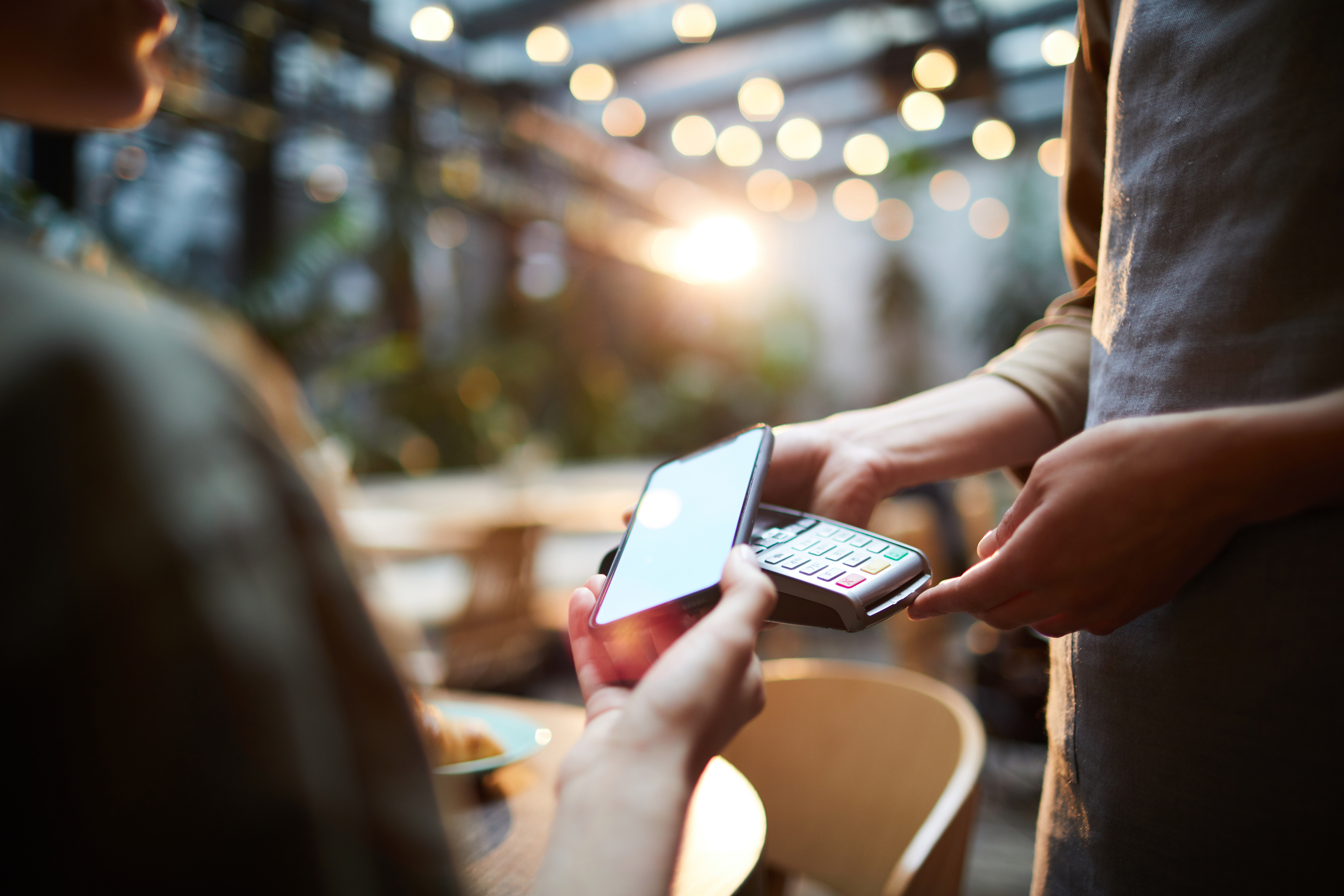
The adoption of contactless payment cards has been growing globally, driven by the demand for quick, convenient, and safe payment methods. They have been particularly embraced in situations where speed is needed– like in public transportation, fast food restaurants, or convenience stores.
A contactless payment is a secure method for consumers to purchase products or services using a debit, credit, smart card, or another payment device by using Radio Frequency Identification (RFID) technology or near-field communication (NFC).
To make a contactless payment, you tap your card or device near a point-of-sale terminal equipped with contactless payment technology. The technology used in contactless payments is also known as tap-to-pay. The process is fast, secure, and highly convenient.

A brief history of contactless payment technology
The technology behind contactless payments dates back to the 1980s when RFID tags were first used to track inventory. It wasn't until 1997 that a secure method of transmitting data was created. Early adopters of contactless payment included McDonald's in 2004, followed shortly after by companies such as Starbucks, Walgreens, and Subway.
Today, contactless payments are becoming more widespread and popular due to their convenience. The global mobile payment market size witnessed remarkable growth, reaching a valuation of approximately $53.5 billion in 2022. It is anticipated to reach about $607.9 billion by the year 2030.
How contactless payment works
When a customer makes a purchase with contactless payment, the consumer's card or device exchanges encrypted data with the point-of-sale terminal. This process is completed within seconds and requires no further information from the customer.
The contactless payment technology also includes built-in security features to protect consumers from fraud. For instance, when making payments over a certain amount, consumers may be asked to enter a PIN or sign a receipt. Additionally, many banks offer their customers the ability to set up spending limits on their cards to further protect against fraud.
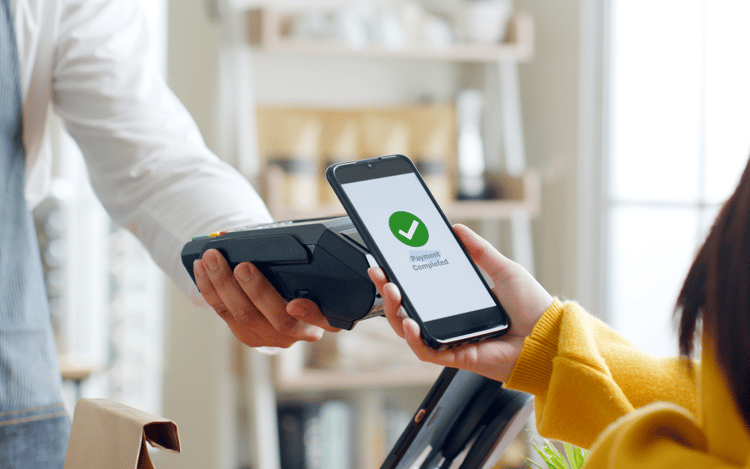
Understanding contactless technology
RFID is a form of wireless communication used in many commercial applications. NFC is a form of short-range radio frequency communication.
The main difference between these two technologies is the distance at which they can be used. NFC is limited to a length of a few centimeters whereas RFID can transmit data up to a few meters away.
Standards that support contactless payment methods
The technology behind contactless payments is supported by various standards that help ensure compatibility between different devices, including EMVCo (Europay, MasterCard, Visa) and Near Field Communication Forum.
EMVCo sets the technical framework for contactless payments and defines the protocols needed to securely exchange data between customers’ cards and merchants' terminals. NFC Forum is a standards organization that works to ensure that contactless payments are interoperable across all devices.
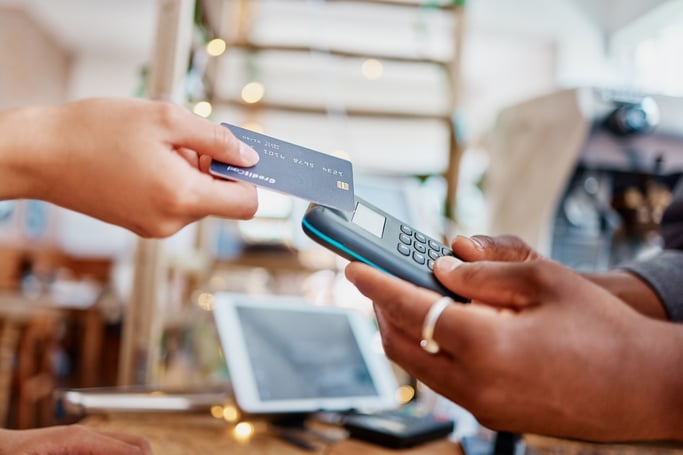
How mobile payments differ from using a card
In addition to contactless payment cards, consumers can also make payments with their mobile phones. This process uses NFC technology to securely exchange payment data between the customer's phone and the merchant's terminal.
The main difference between using a card and a mobile device for contactless payment is that customers can store more information on their phones, allowing them to store loyalty programs and other rewards. Additionally, mobile contactless payments are more secure because customers can authenticate the payment through biometrics, such as fingerprints or facial recognition.
Contactless payment security
All contactless payment devices, such as cards and mobile phones, are equipped with built-in security features to protect consumers from fraud.
The encryption technology used in contactless payments ensures that the data is secure and can only be accessed by authorized parties. Additionally, customers can set up spending limits on their cards to further protect against fraudulent activity.
Types of contactless payment
Contactless payment cards
A contactless payment card is a type of card that enables its users to make payments without the need to physically swipe or insert the card into a payment terminal. Instead, these cards use RFID or NFC technology to communicate with contactless-enabled Point-of-Sale (POS) terminals.
Embedded within the contactless card is an antenna that enables interaction with the contactless-enabled terminal. The transaction is completed when the card is held close to the terminal, typically within 1-2 inches. Contactless payment cards can include credit, debit, or prepaid cards, and are often identified by a wave-like or Wi-Fi symbol on their front or back.
With the convenience of not requiring a PIN for small transactions, contactless payment cards offer an easy and quick payment option for everyday purchases. This makes them particularly useful in fast-paced retail environments. However, for larger contactless transactions, additional authentication such as a PIN might be required as a security measure.
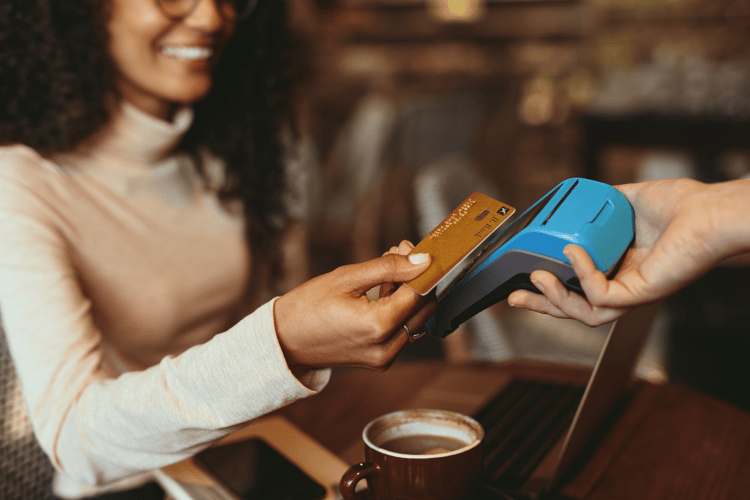
Mobile apps and wallets
Mobile apps and digital wallets have played a significant role in the proliferation of contactless payments. These platforms utilize the same underlying technology as contactless cards, but instead of using a physical card, payments are made using a smartphone or smart device.
Applications like Apple Pay, Google Pay, and Samsung Pay have become popular due to their ease of use and compatibility with various payment terminals. To make a payment, the user simply needs to unlock their device and hold it near a contactless-enabled terminal. The payment information is securely stored on the device and is transmitted via NFC to complete the transaction.
Digital wallets do more than just streamline the payment process. They also offer additional features such as tracking spending, storing multiple card information including loyalty and gift cards, and even peer-to-peer payments. These features, coupled with the convenience and speed of contactless payments, are why many consumers are making the switch to mobile apps and digital wallets.
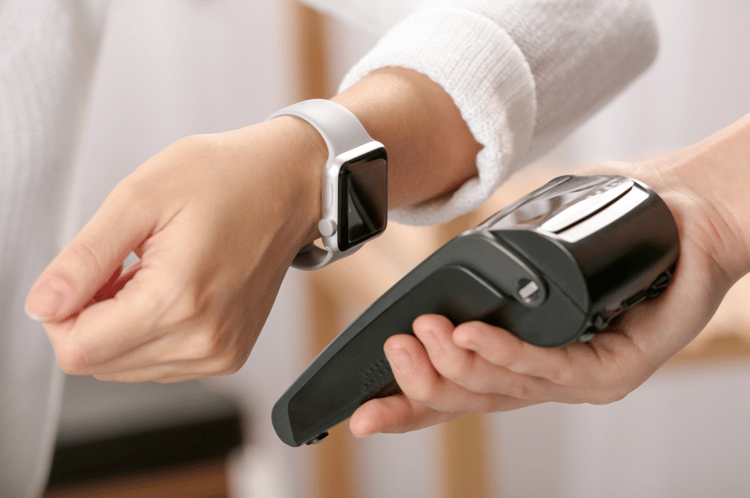
How banks & financial institutions can take advantage of contactless payment
Financial institutions are increasingly seeking contactless payment systems to increase their customer base and provide a seamless purchasing experience.
Benefits of offering contactless payments
Here are just some of the benefits that contactless payments offer for financial institutions when offering them to customers:
- Increased transactions & revenue. Contactless payments can lead to higher transaction volumes as they cater to the fast-paced lifestyle of modern consumers. With faster, more convenient payments, customers are likely to make more frequent and spontaneous purchases.
- Competitive advantage. Offering contactless payments can give banks and financial institutions an edge over competitors who have not yet adopted this technology. It shows customers that the institution is modern and stays up-to-date with the latest payment trends.
- Customer retention. By providing contactless payment options, financial institutions can increase customer loyalty. Customers appreciate the ease and convenience of contactless payments and are more likely to stick with providers that offer this service.
- Cost efficiency. Contactless payments can lower transaction costs by reducing the need for cash handling and physical infrastructure. This could lead to significant savings for financial institutions in the long run.
- Data collection. Contactless payments allow financial institutions to collect detailed transaction data. This data can be leveraged to gain insights about customer behavior, which can be used for targeted marketing and improving services.

Get started with Episode Six
With E6 technology, you can seamlessly modernize your customers' payment experience using our cutting-edge digital wallet platform. Empower your customers with secure and effortless payment options right at their fingertips. Learn more about our digital wallet platform to see how you can seamlessly integrate new, future-ready offerings to your customers.

E6 Team
About the Author
Episode Six provides financial institutions with solutions for legacy payment stacks that aren’t fulfilling the needs of an expanding industry. We are a global provider of enterprise-grade payment technology and ledger management infrastructure for banks that need to keep pace with disruptors and evolving consumer preferences.
